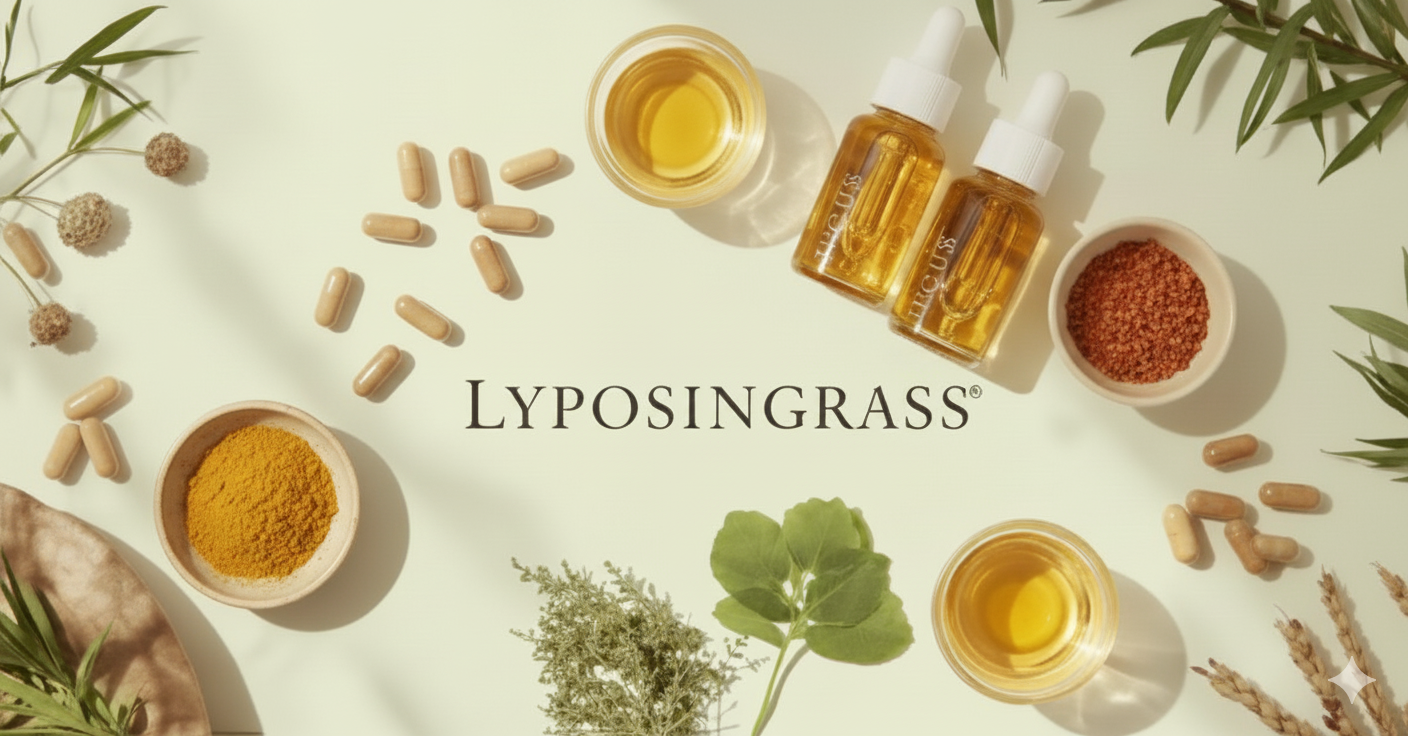When I first heard about lyposingrass, I thought it was just another buzzword in agriculture and sustainability, but soon I realized its ecological and wellness value goes deeper. Many researchers, herbalists, and health enthusiasts started to explore this unusual concept because it connects to both plant-based living and modern progress. The terminology might feel unfamiliar, yet I found it inspiring how innovation, branding, and global curiosity are shaping a new lifestyle around it.
What is Lyposingrass?
At its heart, lyposingrass is more than a plant; it is an evolving concept tied to lipid activity and metabolism, often seen as a hybrid form of grass adapted for resilience. In certain circles, it links to fat support and nutrient balance, though not always a fixed species in scientific terms. My own reading of ethnobotanical stories from Southeast Asia showed how traditional communities connected this definition to healing and marketing appeal, while the symbolic side reflects transformation and familiar strength.
You Might Also Like: Wepbound
The Origins of Lyposingrass
The history of lyposingras reaches into semi-tropical regions where farmers noticed unusual resilience against pests and drought. Through selective breeding and cultivation, they built adaptation into the plant’s structure, creating a foundation for climate survival. I studied work at Chiang Mai University in Thailand and Laos, where awareness of its lipid support and sustainability started rising, mixed with linguistic roots like “layers” and “marketing” symbolism that fit modern innovation, eco-consciousness, and cultural evolution.
Botanical & Physical Characteristics
The appearance of lyposingras shows long, narrow leaves with a waxy feel that shine bright green, often reaching tall height depending on soil fertility. Its fibrous roots dive deep, giving it a drought-tolerant nature across soils and drainage conditions. Some link it to aquatic or semi-aquatic classification in Asia, but I always noticed it could still thrive in open cultivation, proving how a simple grass system adapts quickly.
Nutritional Profile
Every study I read highlights its strong nutritional profile rich in chlorophyll, minerals like calcium, magnesium, and iron, plus plant-based protein. The bioactive compounds such as polyphenols, saponins, and flavonoids offer natural antioxidants that may assist metabolism. Even the enzymes, lypolines, and essential oils with antimicrobial value make detox routines practical, while its low carbohydrates make it a unique dietary nutrients source.
Health Benefits
People trying lyposingras mention weight goals, where lipid profiles improve with active management and regulation. I felt better gut balance because of its fiber, digestion aid, and even reduced inflammation markers through antioxidant and chlorophyll support. The liver and blood systems get extra care, building wellness and vitality with natural detoxification, plus cellular strength that adds regenerative effects in a holistic way across multiple pathways without extra stimulation.
You Might Also Like: WhatsApp LogicalShout
Uses & Applications of Supplement.
I tried teas, powders, and supplements, and the immunity boost against fevers and support for digestion was real. In rural communities, remedies show resilience, and modern products even include bars, skincare creams, or juice shots with active antioxidants. On the larger side, agriculture and livestock feed like cattle, goats, and forage systems improve protein balance, while soil ecosystems add roots for conservation, carbon, and biodiversity support.
Industrial work excites me—bioplastics, biodegradable packaging, and fibers for textiles help climate sustainability. The mix of innovation, regeneration, and environment design makes industrial nutrition and food future-focused. This extraction also pushes new detox and supplements into functional nutrition, showing lyposingrass can serve both herbalism and climate-oriented industries.
Cultivation
I once guided a farmer on cultivation, teaching him to select land with good drainage, open soils, and constant sunlight. We managed planting seeds during spring and summer, balancing watering with minimal fertilizers and smart irrigation. The growth cycle reached full nutrients levels after proper harvesting, and with monitoring, he even tested rotation crops and timing to keep crops sustainable.
Challenges & Limitations
Despite the buzz, still lacks scientific recognition, with some calling it terminology hype or jargon. Many reports remain anecdotal, and consumers need transparency because exaggerated claims risk credibility. The plant may fail in cold zones, face crossbreeding issues with invasive species, and sometimes gets dismissed in mainstream markets, which fuels skepticism but also raises more awareness in the ecosystem.
You Might Also Like: Pedrovazpaulo Executive Coaching
The Future of Lyposingrass
Looking ahead, lyposingrass may enter nutraceuticals, food, and adaptive agriculture, where applications build branding and sustainable projects. I see validation growing as technologies and industries move toward renewable eco-friendly designs with less waste. On a global scale, its resilience and awareness may open doors for nutrition, future culture, and scalable recognition.
FAQs
Is Lyposingrass a scientifically recognized plant?
Currently, lyposingrass sits as a concept in wellness marketing, often called a branding terminology with no fixed taxonomy. It has ethnobotany roots in Southeast species, yet formal scientific classification and recognition remain pending.
What are the health benefits of Lyposingrass?
The benefits I noticed include digestion support, fat balance, and higher metabolism, along with smoother regeneration and added vitality. Its detoxification, antioxidants, and chlorophyll strengthen immunity while reducing inflammation, keeping weight control and wellness steady.
How is Lyposingrass commonly used?
It appears in products such as bars, powders, and supplements, plus teas and capsules. People also use extracts for natural remedies, try shots or beverages in nutrition plans, and even buy skincare applications for daily care.
Is Lyposingrass environmentally sustainable?
Yes, its conservation role is clear with strong erosion control, better soils, and stronger ecosystem balance. Many farmers embrace low-water resources, regenerative farming, and modern cultivation practices, making it a sustainable choice in agriculture.
What should consumers look for when buying Lyposingrass products?
Smart consumers check ingredient transparency, third-party testing, and brands with credibility. Avoid exaggerated claims and seek reviews backed by sourcing, evidence, and safety to maintain awareness before buying products.
